The switch is used by everyone. If you want to ask what the proximity switch is, many people may have to “force†it. After all, what is a proximity switch? What is the proximity switch principle? What are the proximity switch models? In order to expand everyone's knowledge, Xiao Bian has deliberately organized the knowledge of proximity switches and other related knowledge. Netizens who do not know this knowledge can take a look.
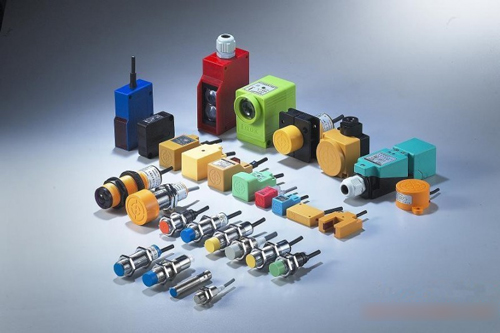
The proximity switch is also a switch. The proximity switch is a position switch that can operate without mechanical contact with the moving part. When the object approaches the sensing surface of the switch to the action distance, the switch can be actuated without mechanical contact and exerting any pressure, thereby driving the DC electric apparatus. Or provide control instructions to a plc device. Proximity switch, also known as non-contact proximity switch, is an ideal electronic switch sensor. When the metal detector is close to the sensing area of ​​the switch, the switch can be non-contact, no pressure, no spark, quickly send electrical instructions, and accurately reflect the position and travel of the moving mechanism.
The principle of the proximity switch is to place a current-carrying metal or semiconductor sheet vertically in a magnetic field, and potential differences are generated across the sheet. This principle controls the opening and closing.
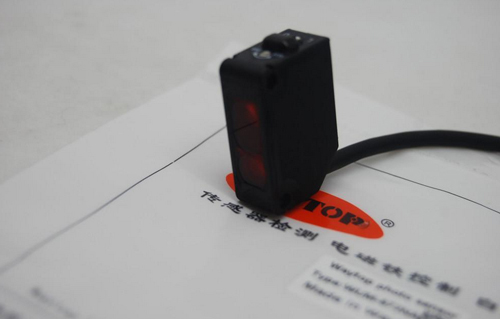
When there is an object moving towards the proximity switch and approaching a certain distance, the displacement sensor only has “perceived†and the switch will act. This distance is usually called the "checkout distance." However, different proximity switches detect different distances. Sometimes the object to be inspected is moved one by one to the proximity switch and one by one at regular intervals, so that it repeats continuously. Different proximity switches have different response capabilities to detection objects. This response characteristic is called "response frequency".
(1) Since the detection can be performed in a non-contact manner, it does not abrade or damage the inspection object.
(2) Since the contactless output method is used, the life extension (except magnetic type) adopts semiconductor output, which has no effect on the life of the contact.
(3) Different from the light detection method, it is suitable for use in environments such as water and oil, and it is almost unaffected by the stain, oil, and water of the test object. In addition, it also includes Teflon-shelled and drug-resistant products.
(4) High speed response compared to contact switches.
(5) Can cope with a wide temperature range.
(6) The physical properties of the object to be detected are not affected by the color of the object to be detected, and therefore they are hardly influenced by the surface color or the like.
(7) Unlike the contact type, the sensors affect each other due to the influence of the ambient temperature, the surrounding objects, and the influence of the sensors of the same type, including the sensor type and the electrostatic capacity type.
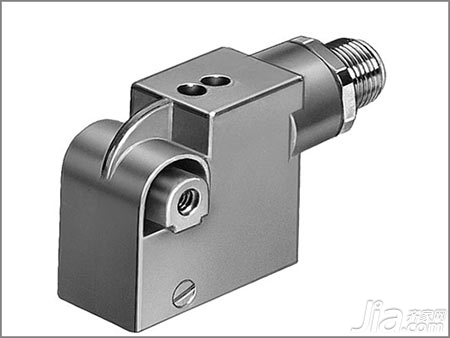
Because the displacement sensor can be made according to different principles and different methods, and the different sensors have different “perceived†methods for objects, so common proximity switches have the following types:
1, passive proximity switch
This switch does not require a power supply and controls the closed state of the switch through magnetic induction. When the magnetic or iron trigger is close to the switching magnetic field, the internal magnetic force of the switch controls the closing. Features: No power, no contact, no maintenance, environmental protection.
2, Eddy current proximity switch
This type of switch is sometimes called an inductive proximity switch. It is the use of conductive objects in the proximity of this can generate electromagnetic field proximity switches, so that the object generates eddy currents. This eddy current reacts to the proximity switch, causing the internal circuit parameters of the switch to change, thereby recognizing whether or not the conductive object is moving closer, thereby controlling the on and off of the switch. The object that this proximity switch can detect must be a conductor.
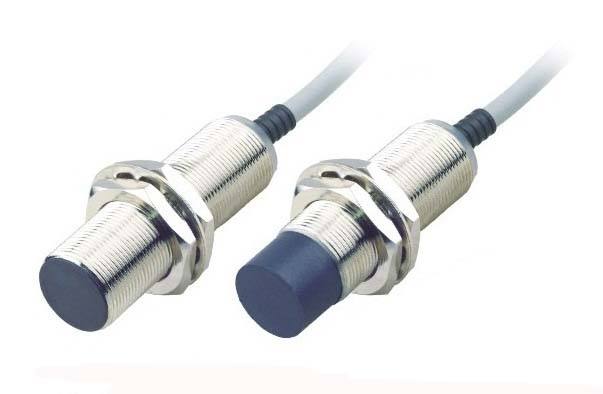
3, capacitive proximity switch
The measurement of such a switch is usually one plate constituting a capacitor, and the other plate is the housing of the switch. This enclosure is usually grounded or connected to the enclosure of the device during the measurement process. When an object moves toward the proximity switch, whether it is a conductor or not, due to its proximity, the dielectric constant of the capacitor always changes, so that the capacitance changes, and the state of the circuit connected to the measuring head also occurs. Changes, which can control the switch on or off. The object to be detected by this proximity switch is not limited to a conductor, an insulating liquid, a powder, or the like.
4, Hall proximity switch
The Hall element is a magnetosensitive element. A switch made using a Hall element is called a Hall switch. When the magnetic object moves close to the Hall switch, the Hall element of the switch detection surface changes the internal circuit state of the switch due to the generation of the Hall effect, thereby recognizing the presence of a magnetic object nearby, thereby controlling the on and off of the switch. The proximity switch must be a magnetic object.
5, photoelectric proximity switch
Switch made of photoelectric effect is called photoelectric switch. The light emitting device and the optoelectronic device are mounted in the same test head in a certain direction. When there is a reflective surface (detected object) approaching, the optoelectronic device receives the reflected light and then outputs the signal, thereby "sensing" the approach of the object.
6, other types
When the observer or system changes the distance of the wave source, the frequency of the approaching wave will shift. This phenomenon is called the Doppler effect. Sonar and radar are made using the principle of this effect. Ultrasonic proximity switches, microwave proximity switches, etc. can be made using the Doppler effect. When there is an object approaching, the Doppler frequency shift is generated by the reflected signal received by the proximity switch, so that the presence or absence of the object can be identified.
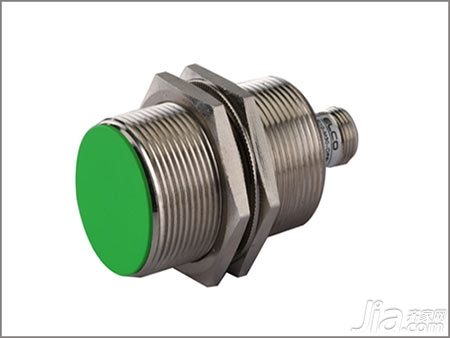
Here are some examples of LIONPOWER proximity switches:
LIONPOWER proximity switch introduction
1, SN04-N, SN04-P (the most widely used) 1. Model meaning: SN --- said square, 04 --- induction distance 4mm, N --- the output is NPN type, P --- PNP type.
2. TL-Q5MC1/TLQM5B1. TL-Q5MC1 is NPN type, and TLQM5B1 is PNP type. Square, sensing distance 5mm.
3, PL-05N/PL-05P sensing distance 5mm, PL-05N is NPN type, PL-05P is PNP type.
4, W-05N/W-05P flat, upper (side) surface induction, sensing distance 5mm
5, LP-8N2C/LP-8P2C cylindrical, diameter 8mm, sensing distance 2mm.
6, LP-12N4C/LP-12P4C cylindrical, diameter 12mm, sensing distance 4mm
7, LP-18N8C/LP-18P8C cylindrical, diameter 18mm, sensing distance 8mm. The above is a DC three-wire inductive proximity switch, power supply is DC10 ~ 30v, both NPN and PNP output. The standard wire length is 1.5 meters. Load capacity: resistive load ≦100mA, inductive load ≦50mA.
8, SN04-Y AC two-wire square proximity switch, sensing distance 4mm, AC 90~250V power supply,
9, LP-12Y4C cylindrical AC two-wire proximity switch, diameter 12mm, sensing distance 4mm, 90 ~ 250vAC power supply.
10, LP-18Y8C cylindrical AC two-wire proximity switch, diameter 18mm, sensing distance 8mm, 90 ~ 250vAC power supply.
11, CP-18R8DN/CP-18R8DP cylindrical capacitive proximity switch, induction distance 8mm, non-metallic induction.
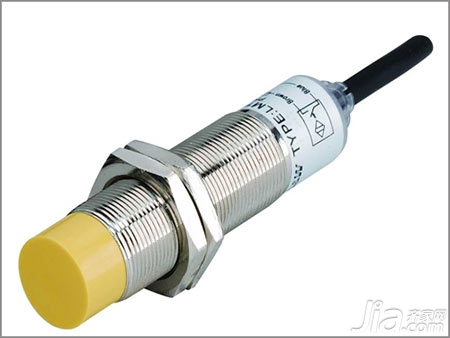
The above is an introduction to the proximity switch definition, the proximity switch principle, and the proximity switch model, and we hope to help those in need. If you want to learn more about the proximity switch, you can pay attention to this website decoration information channel.
Switch socket furniture brand water heater brand switch socket electrical home improvement
Diamond Sharpening Stones is a Abrasive Honing Stones have man made diamonds bonded to a hard, rustles surface which provides an abrasive surface that is harder than any other material - Diamond Stones are very sharp and capable of lasting almost indefinitely. Use Diamond Stones to sharpen or lap almost anything, from tool steel to carbides to glass and ceramics (including ceramic stones). Whenever practical, wetting the stones with water or light oil will virtually eliminate clogging while you sharpen,but they can be used dry as well.
One of the most common arguments for using diamond sharpening plates is that they are flat and do not become hollowed out during their working lives. The first point is only partly true, as the flatness of the plates depends a great deal on the quality of, and the method used to manufacture the plate. But it is true that they do not become hollow in use, like other kinds of sharpening stones do.
Special Diamond Tool,Diamond Sharpening Stone,Rotary Diamond Bit,Polishing Honings Stone,Abrasive Honing Stones
Hans Superabrasive Material Co., Ltd. , http://www.hansuperabrasive.com